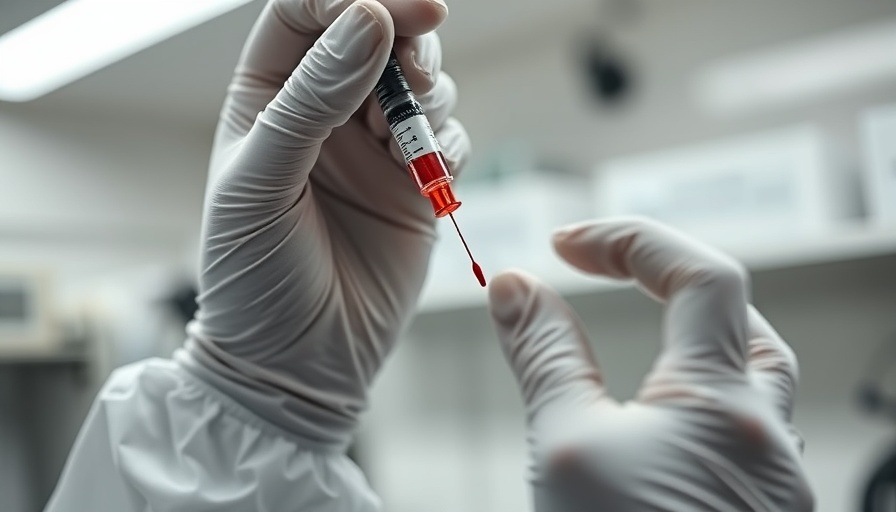
Revolutionizing Early Cancer Detection with Liquid Biopsies
Recent advancements in cancer diagnostics have made waves in the medical community, particularly with the introduction of a new liquid biopsy test that leverages RNA modifications. This innovative method, developed by researchers at the University of Chicago, promises a groundbreaking 95% accuracy in detecting early-stage colorectal cancer. Unlike traditional tests that analyze DNA, this method focuses on RNA, providing a more sensitive and reliable way to identify cancer at its nascent stages.
Understanding Liquid Biopsies
Liquid biopsies offer a non-invasive alternative to conventional tissue biopsies, which often require surgical procedures to obtain samples. Instead, these tests analyze circulating cell-free DNA (cfDNA) found in the bloodstream. However, early-stage tumors may not shed enough cfDNA to enable early detection. This lack of sufficient tumor DNA in the blood can be a significant hurdle. As Chuan He, Ph.D., a distinguished professor involved in the study explained, "You just don't have enough tumor DNA released into the blood for early diagnosis." Therefore, the University of Chicago team shifted their focus to circulating cell-free RNA (cfRNA), revealing a promising new avenue in cancer detection.
The Science Behind RNA
RNA plays a crucial role in cellular function; it acts as a messenger that carries genetic information from DNA to the cell's machinery to produce necessary proteins. Unlike cfDNA, measuring cfRNA's abundance can provide direct insights into the genetic activity of cells, indicating their status and potential malignancy. Dr. He’s research team meticulously studied biochemical changes in RNA that influence its behavior, which could lead to more accurate readings crucial for cancer detection.
Practical Insights: Why This Matters
The implications of successfully detecting colorectal cancer at an earlier stage cannot be overstated. Early diagnosis significantly increases treatment options and improves patient outcomes. The use of cfRNA could pave the way for regular cancer screenings that are less invasive and more accurate, potentially saving countless lives.
Future Predictions: A New Era in Diagnostics
As research in this field progresses, the potential for liquid biopsies that utilize cfRNA could extend beyond colorectal cancer. Future advancements could lead to similar techniques for other cancer types, providing a broader application across oncology. Patients might soon have access to regular, non-invasive tests that enable proactive healthcare decisions.
Final Thoughts
The evolution of cancer detection methods is not just a technological advancement but a beacon of hope for many. As these methodologies become more refined and available, individuals will have more tools at their disposal to engage in their healthcare actively. It is crucial that we pay attention to these developments; they may very well shape the future of medical diagnostics.
 Add Row
Add Row  Add
Add 




 Add Row
Add Row  Add
Add 
Write A Comment